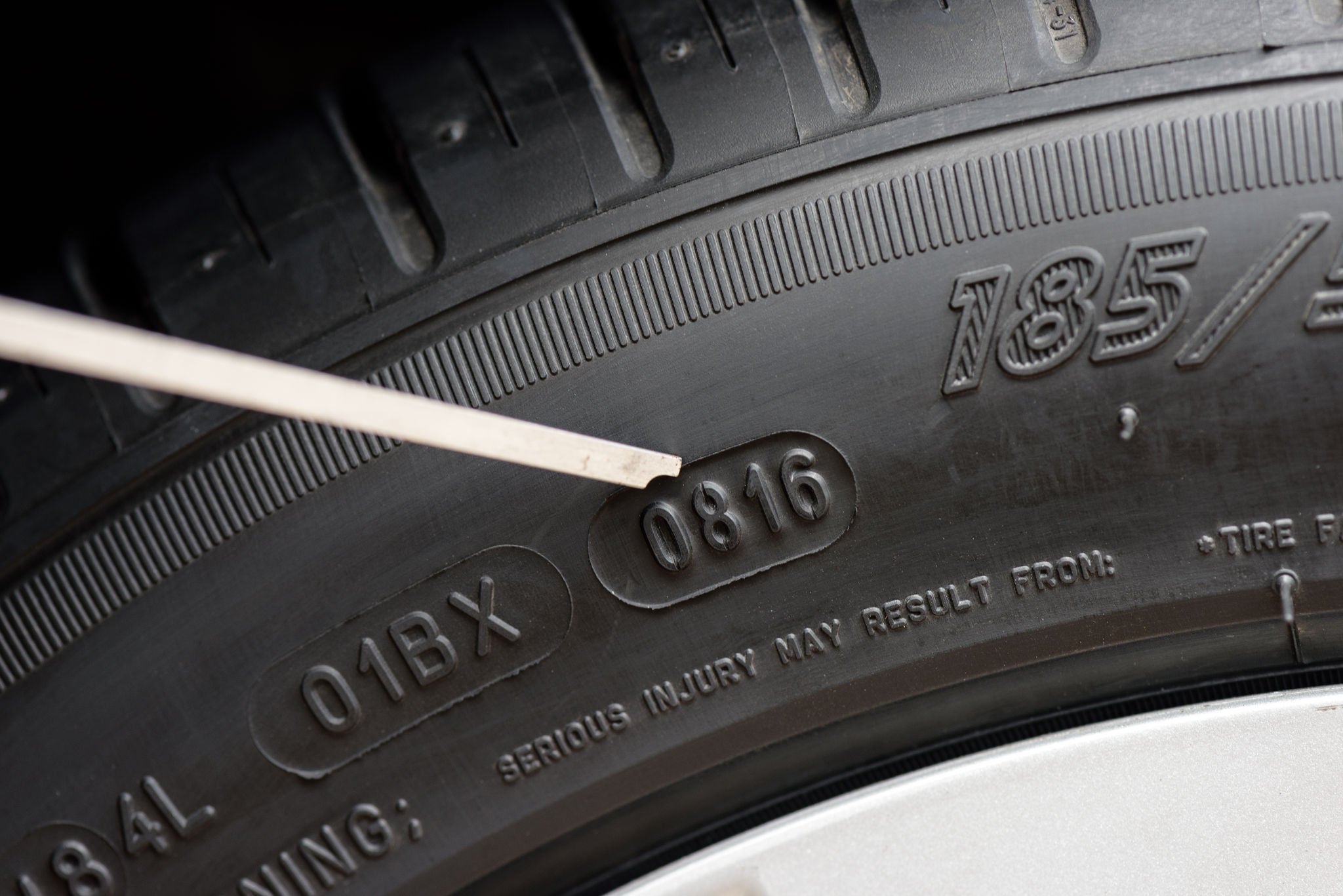
How long should tyres last? How can I make my car tyre life last longer? And when do I have to get new tyres? These are questions that drivers have to deal with constantly. For safety and the enjoyment of driving, even in the rain, fully intact tyres are an absolute must. Fortunately, keeping tyres in good shape is not hard at all. Read more here about key tips and tricks.
The rule of the thumb: How long should tyres last?
There are no statutory prescriptions on how long a tyre might last. The only exception is: tyres for trailers that have a special permit for a maximum speed of 60 mph may be no older than six years. In all other cases, it is up to the driver to decide when the tyres have exceeded their lifespan. Nevertheless, the road traffic regulations stipulate very clearly that a car with all its equipment must be roadworthy at all times. That, of course, includes the tyres.
There are a few criteria that will help you to decide if you can keep using your tyres and when you should replace them. As a guide, the following applies: You drive with four similar tyres, each of which has a tread depth of at least 1.6 mm (legal minimum tread depth), and are no more than ten years old.
Please note: Safe driving in wet and snowy weather conditions is affected by the tread depth, the pattern design and the rubber compound of the tread of your tyres. On wet or snow-covered roads braking performance will progressively decline with lower tread depths. On wet roads there is an additional increased risk of aquaplaning with fading tread depths.
Therefore, check your tyres regularly, reduce your speed on wet and snowy roads and consider replacing your tyres in good time.

Good to know: Tyre lifespan

The age of the tyres speaks much about their roadworthiness. What’s more, it has nothing to do with their mileage and wear: over the years, the rubber in the tyres will become more brittle, braking distances will become longer and the traction that ensures better performance on slippery surfaces will also deteriorate. However, adequate road grip and traction, particularly when driving in snow during the winter or on wet roads, is vitally important.
Studies clearly demonstrate, for example, that summer tyres become less safe over the years – and that was despite all tested tyres having a tread depth of at least 5 mm. However, this impairs braking performance. This occurs primarily in wet conditions and with aquaplaning, but performance on dry roads is also affected. A further aspect concerns technical advancements. The older a tyre is, the less it conforms to ever-advancing safety standards.
While there are indeed no precise statutory requirements as to how old a car tyre may be, sensible indicators do exist that you can use as a guide. What you should know: you can work out the tyre age for yourself, using one of the codes moulded on the tyre. We will now talk about the tyre age at which you should replace your tyres. One more tip for when you buy a used car: if you want to be on the safe side and not have an unpleasant surprise later on, do get confirmation of the age of the tyres at the time of purchase.
Tyre age: Old DOT numbers
If you find only three digits and a small triangle on the sidewalls of the tyre, then the first two digits indicate the calendar week and the last digit indicates the year in the 1990 to 1999 period. If there is no triangle, then the tyre is from the 1980s at the latest, and you should purchase new tyres at the earliest opportunity.
Tyre wear: What can you do about it?
Aside from age, there are many other factors that affect how long tyres last. One factor, for example, involves kerbstones, weathering, collisions with objects or incorrect vehicle settings. As the owner of your car, you can do some things yourself to ensure that your tyres have a long lifespan. Check the tread surface and sidewalls of your tyres regularly.
You can, for example, test the wheel alignment yourself by taking your hands off the steering wheel while travelling at about 35 to 50 mph on a road that is as level as possible and has little traffic: if the car veers noticeably to one side, you should have it checked at a garage and get it readjusted.
If there is poor balancing, excessively low tyre pressure or worn-out shock absorbers, you can take the appropriate measures to address these problems. That way you can extend the lifespan of your tyres and avoid having to replace your tyres early.
Proper storage: How to store your tyres
The storage itself will also affect how long the tyres will last. To prevent premature ageing of the tyres, make sure they are protected from UV light. If possible, store the tyres in a cool, dry and dark place.
Important: Make sure that the tyres do not come into contact with solvents, lubricants or chemicals. Do not store tyres in the same place as equipment that produces ozone (for example, electrical generators or electric motors used in compressors). That is because over time, ozone is harmful to the rubber compound in the tyres. If no suitable storage space is available, you can also have the tyres stored at a garage.
Extend the lifespan of your tyres: Tips at a glance
So that you can get long-lasting use from your tyres, we have compiled the most important tips and tricks for you here:
- Four similar tyres that each have a tread depth of at least 1.6 mm and are no more than ten years old.
- The material properties of the tyres deteriorate with age – regardless of mileage or possible wear and tear.
- The DOT code imprinted on the tyres tells you when the tyres were manufactured and provide a point of reference for replacing the tyres.
- Check the sidewalls and tyre tread regularly for wear.
- Make sure the tyres are stored properly.
We hope you have a safe journey!
Related Topics
-
 2023/03/31Uniroyal tyres are built to last. Assuming they’re not damaged, you should be able to enjoy tens of thousands of kilometres of happy, safe driving.Disposal of old or used tyresRead more
2023/03/31Uniroyal tyres are built to last. Assuming they’re not damaged, you should be able to enjoy tens of thousands of kilometres of happy, safe driving.Disposal of old or used tyresRead more -
 2023/03/31There are several reasons why you might need to change your tyres. Maybe it’s that time of year when you need to swap from winter tyres to summer tyres – or the other way round.Replacing tyresRead more
2023/03/31There are several reasons why you might need to change your tyres. Maybe it’s that time of year when you need to swap from winter tyres to summer tyres – or the other way round.Replacing tyresRead more